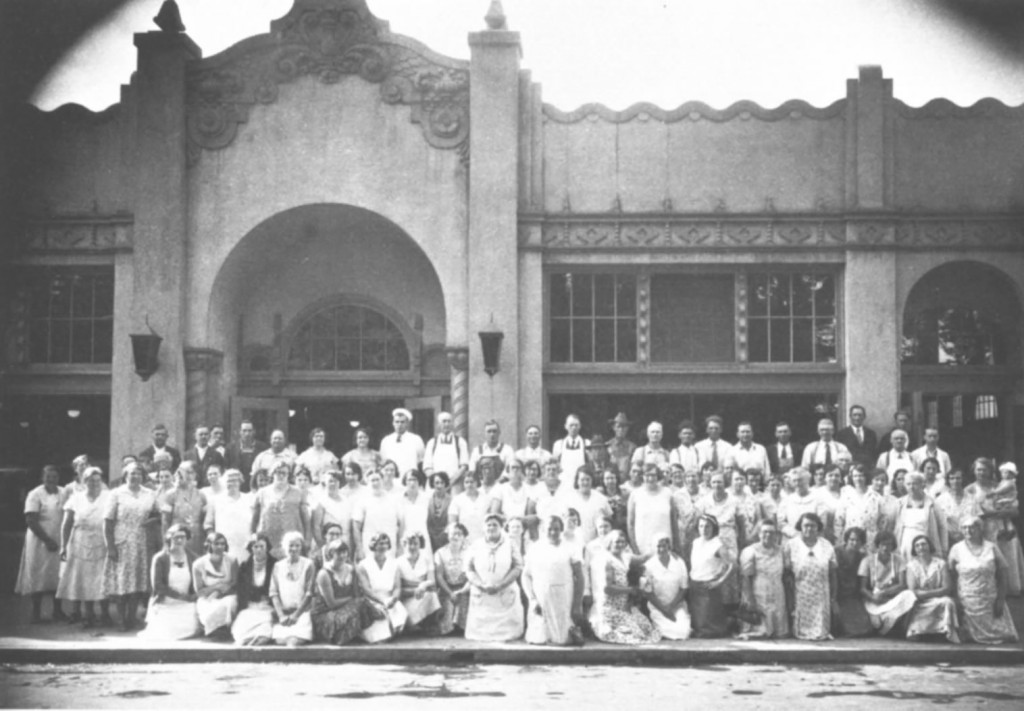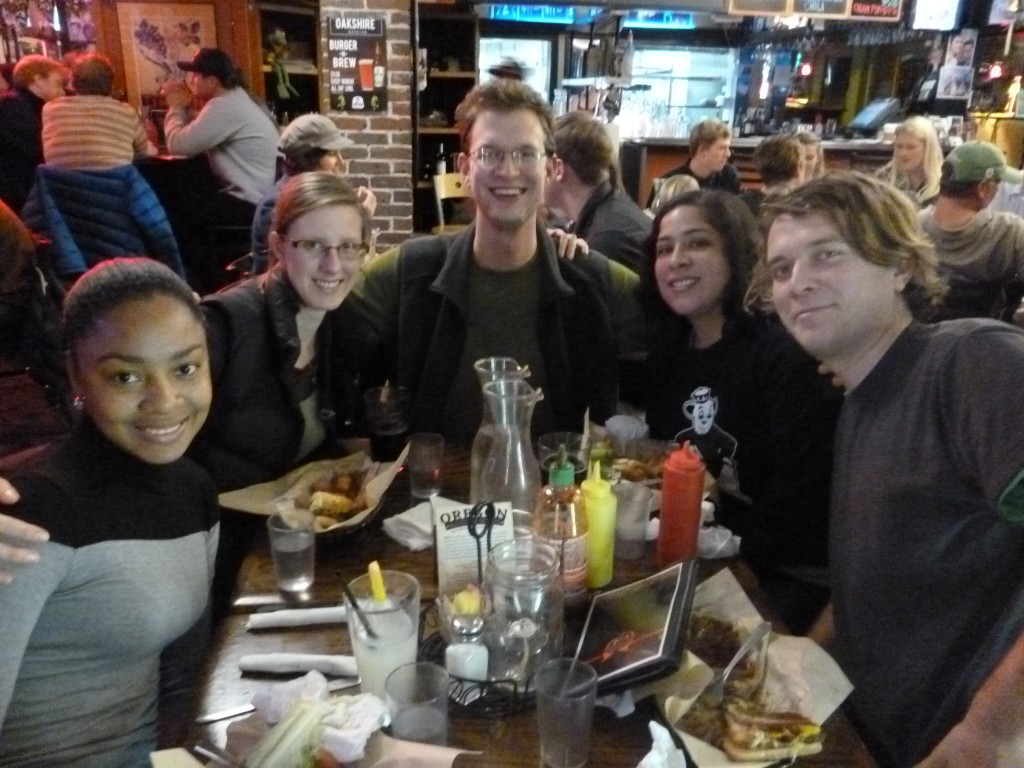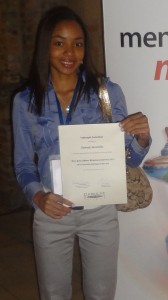My Community Planning Workshop (CPW) team is working on the “Lane County Year-Round Regional Public Market and Food Hub Market Analysis.” Our project is an in-depth investigation into whether there is enough buying power in Eugene and Springfield to support a potential year-round public market and food hub.
Early in the research process we began sitting down with local food experts to talk about the challenges and opportunities facing our regional food system. Through these meetings, we learned that from 1915 until 1959, the Eugene Producers’ Public Market served as Lane County’s one-stop location for fresh local food. With that, we decided to take a moment to pause …one-two-three-four… and learn more about Lane County’s rich history of agriculture.
Since the time Eugene Skinner first arrived in 1846, agriculture has a played a major role in the lives of those who call the south Willamette Valley home. As Lane County farmers developed their craft, they began producing a larger and more diverse yield. Despite their success in the fields, the cost of transportation consistently kept Lane County farmers on the edge of economic hardship during these early years. These struggles led local farmers to organize around a mutual need for a central market place in Lane County.
On September 4, 1915, the Eugene Producers’ Public Market officially opened for business in a small open-air structure that featured 22 stalls facing a central walkway. On this first day, visitors flocked to the market, promptly buying numerous vendors out of stock.
By the late 1920’s, it become clear that the market needed additional space and an updated facility. The existing market offered little protection from the elements, which meant market users battled through wind, rain, and cold temperatures during winter months. On August 24, 1929 a new market hall, constructed of concrete, opened at the corner of Broadway and Charnelton Street. The new market boasted 91 permanent stalls, two refrigerated storage rooms (one for meat and one for vegetables), a retail grocery store, a pharmacy, and a lunch counter all under one roof. Open six day a week, the new market hall was met with wild enthusiasm and record sales.
With the onset of the Great Depression and a shift in the food shopping habits of many Americans, business at the public market began to slow down. On May 4, 1959 the Eugene Producers’ Public Market closed its doors.
Today, we are seeing a revival of the local food culture that thrived in the first half of the 20th century. As a result, the City of Eugene and Lane County (our clients) want to learn more about how they can build on this momentum. Now, as we move forward with our project, we can look to the legacy of the Eugene Producers’ Public Market to inform our work and help shape our findings.
The future is bright for local food in Lane County and team food hub has an appetite for learning more about how we can reach our full potential!
 About the Author: Stephen Dobrinich is a first year Community and Regional Planning Graduate Student at the University of Oregon. Originally from Cleveland, Ohio, Stephen moved to Oregon in 2011 to serve as a part of the RARE AmeriCorps – Resource Assistance for Rural Environments program. While in RARE, Stephen served as Community Development Coordinator for the City of Creswell. He is interested in community and economic development.
About the Author: Stephen Dobrinich is a first year Community and Regional Planning Graduate Student at the University of Oregon. Originally from Cleveland, Ohio, Stephen moved to Oregon in 2011 to serve as a part of the RARE AmeriCorps – Resource Assistance for Rural Environments program. While in RARE, Stephen served as Community Development Coordinator for the City of Creswell. He is interested in community and economic development.


